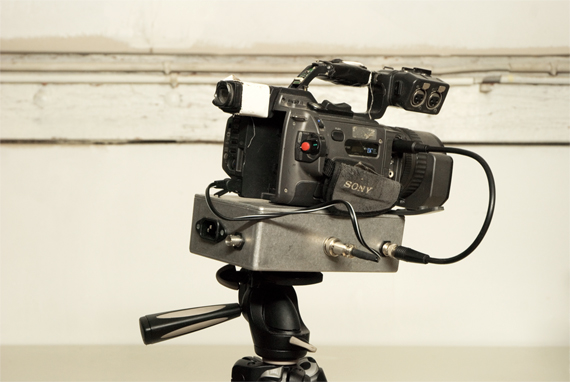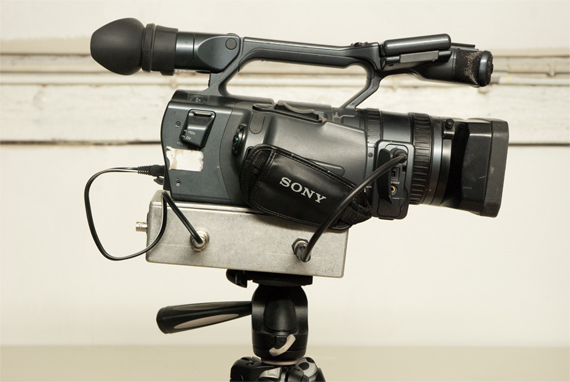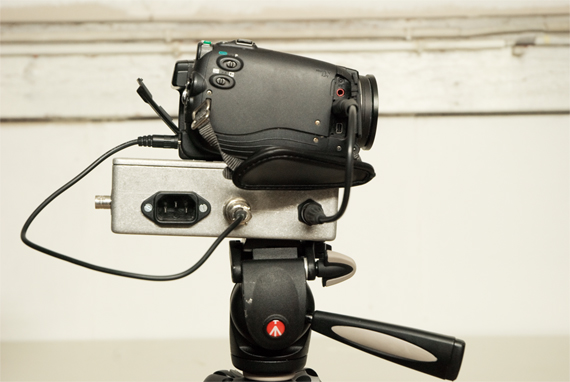AV cable? BNC cable? USB cable? Cost/latency/best practices
-
Hi,
Piece by piece I've been trying to figure out the best practices of running live capture equipment in a fairly small house. Previously, I ran about 30 ft. of USB (with boosters) from the stage straight to the back wall of the house where I was sitting with projector and computer. For the next show I hope to be in the balcony (directly above about 15 feet up and about 10 ft. back) just to be more "professional" and not in the audiences' laps. I have a USB HD webcam (which I never run on full resolution anyway - Microsoft Life Cam), an old Sony DCR-HC42, and a newer Canon VIXIA HF21. All but the webcam I can run via AV cable to Dazzle converter. My question herein lies with cable, quality, latency and cost of cable.Running the USB, I could get a max of 2 USB cables (15 ft. ea.) with boosters before the signal is totally lost. I haven't tried the AV since I just got it today, but I'm assuming running this cable will be less cost and the possibility of having it not drop the signal at a longer distance? With the setup I was using I placed the webcam upstage of a make-shift scrim that is downstage of the dance. This is so I can get a direct overlay of the dancers' image at an approximate angle similar to the vantage points of the audience and overlay that image in front of the live dancer. Because the web cam was so small, the audience didn't notice its presence, so in that respect it was perfect for the purpose. BUT I could never be more than 30 ft. away from the camera. If I ever did this in a larger house there may be some of an issue using this method. So I'm willing to have the camcorder take over if need be...
So, real question is how long can you run an AV cable (mostly just the video) before it craps out? Is BNC cable an option/solve the distance problem? And how do you run BNC cable to a camcorder? I suspect you need fancy (expensive) converters and such to do this? Please correct me if I'm wrong. OR, is there a way to sucessfully run USB cable through something else (converting to analog AV?)...
Here's the small house I am potentially using for performance: http://dancecomplexnew.org/studio1/
thanks!
-
I have used BNC cable for long analong runs, it is much better than its consumer cousin (tulip or RCA) and it is 75ohms. Generally pro analogue video is 75Ohms and on a BNC connector. IF you use 75Ohm BNC you will get a better picture over long runs.
There is only 1 kind of 75Ohm tulip or RCA, it is made by canare. I have a pile of 75Ohm cable with canare 75ohm tulip on one end and BNC on the other, there are short patch cables I use for the conversion. On longer cable runs you see a big difference in picture to using the cheap BNC to tulip cables.To get out of the cameras I make my own 75ohm BNC cables either from the SVIDEO output of the camera or from the TRRS output for other cameras. You can find some configurations of the TRRS cables at Markertek but they are easy enough to make if you get a very thin 75 Ohm video cable and the appropriate tip (you need the thin cable to get inside the TRTS connector.To make all this more robust on stage I made the little boxes to sit under the cameras with pro connections on them. The boxes also have the power supplies as well as the connectors so the take a standard IEC cable and a BNC for all the cameras. I have switched entirely to SDI now but these boxes and the above system gave me great results (well as good as composite video can look) over long runs and are pretty stage proof. I think it is way more reliable to use real cameras (as well as getting control over the image- if you camera allows it), than USB cameras over extenders.


-
Fred - you are full of ideas! Love the boxes. I remember endless amounts of time being wasted trying to get mini firewore DV cables to stay in place. blu/white tack and zip-ties and cello-tape, you name it I used it to keep the darn thing in during shows.
I think HDMI (especially the MINI and MICRO) ones are just as bad.BNC is by far the best connector. Easy to fix, cheap and they lock in place.I have also been surprised that a lockable IEC cable (kettle plug) has never been fully introduced. -
I now use this configuratuion with HMDI to SDI convertors on the cameras and the same box but passing SDI. having the power in the box is great you can even go handheld with confidence. I dont have photos but I have since added cable locks to these boxes just in case- this way if you step on the cable whilst moving you are not likely to damage the BNC plug.
For locking power use powerconhttp://www.neutrik.com/en/audio/powercon/powercon-20-a/I did not need this but it would be a nice addition to the boxes, it just means I need to carry round a few spare long 220 -> powercon cables and I already made a lot of long powerplug to IEC cables for all the remote gear to avoid having a plug joint anywhere in the cable. -
If you still want to go the USB route, I've run a few devices over (for USB) ridiculous lengths through these cables:
http://www.monoprice.com/Category?c_id=102&cp_id=10303&cs_id=1030312
Bonus: you can chain them. -
Thanks both.